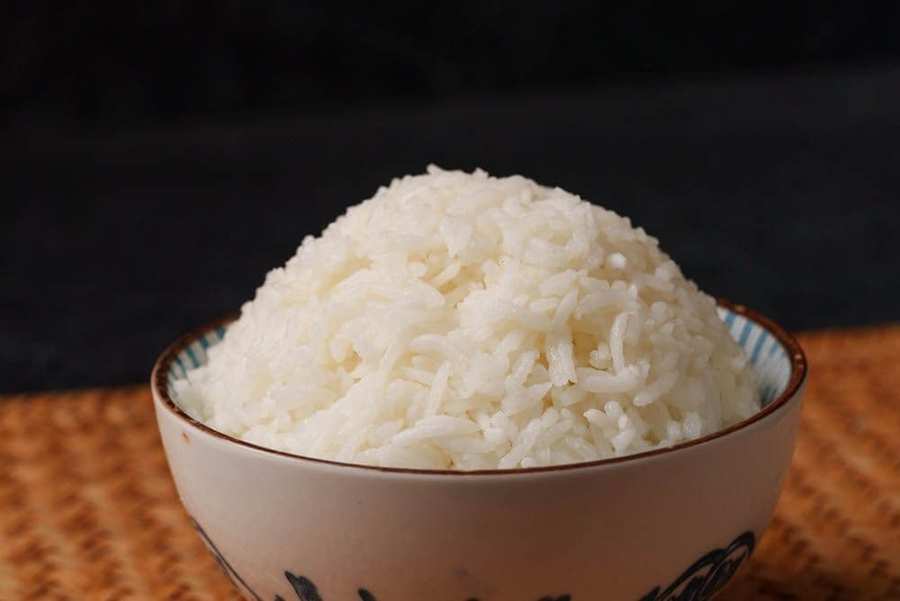Rice contains minimal folic acid, primarily found in fortified varieties, making it a less reliable source of this essential nutrient.
The Importance of Folic Acid
Folic acid, also known as vitamin B9, plays a crucial role in various bodily functions. It’s vital for DNA synthesis and repair, making it especially important during periods of rapid growth such as pregnancy and infancy. The body relies on folic acid for the production of red blood cells and to maintain healthy cell division. Deficiency in this vitamin can lead to serious health issues, including anemia and neural tube defects in newborns. Understanding whether staple foods like rice contain this essential nutrient can help individuals make informed dietary choices.
What is Folic Acid?
Folic acid is the synthetic form of folate, a water-soluble vitamin found naturally in many foods. It’s part of the B-vitamin family and is essential for numerous bodily functions. Folate helps in the formation of DNA and RNA and is crucial for protein metabolism. It also plays a significant role in mental health by supporting neurotransmitter function and reducing the risk of depression. The recommended daily intake varies by age and gender, but for most adults, it’s around 400 micrograms.
Rice Varieties: A Closer Look
Rice is one of the most consumed staples worldwide, available in various forms including white rice, brown rice, jasmine rice, basmati rice, and even wild rice. Each type has its unique nutritional profile.
| Type of Rice | Folic Acid Content (mcg per 100g) | Other Nutrients |
|---|---|---|
| White Rice (cooked) | 3 | Carbohydrates: 28g; Protein: 2.7g; Fiber: 0.4g |
| Brown Rice (cooked) | 4 | Carbohydrates: 23g; Protein: 2.6g; Fiber: 1.8g |
| Basmati Rice (cooked) | 5 | Carbohydrates: 25g; Protein: 3g; Fiber: 0.4g |
| Wild Rice (cooked) | 18 | Carbohydrates: 21g; Protein: 4g; Fiber: 1.8g |
The table illustrates that while rice does contain some folic acid, the amounts are relatively low compared to other food sources such as leafy greens, legumes, and fortified cereals.
The Role of Fortification
In many countries, certain food products are fortified with folic acid to help combat deficiencies in the population. This fortification process involves adding synthetic folic acid to foods like bread or breakfast cereals which can significantly increase daily intake levels. However, traditional forms of rice typically lack this fortification unless specified on packaging.
Some brands produce enriched rice varieties that contain added nutrients including folic acid. These options can provide a more substantial source of this vitamin for those who rely heavily on rice as a staple food.
Nutritional Comparison with Other Foods
To appreciate the role rice plays in our diet concerning folic acid content, it’s helpful to compare it with other common food sources rich in this nutrient.
- Lentils: Approximately 180 mcg per cooked cup.
- Spinach: Around 200 mcg per cooked cup.
- Bread (fortified): About 100 mcg per slice.
- Citrus Fruits: Roughly 40 mcg per medium orange.
Clearly, while rice can contribute to overall nutrient intake, it should not be solely relied upon for sufficient folate levels.
The Impact of Cooking on Nutrient Content
Cooking methods can alter the nutritional content of foods significantly. For instance, boiling rice may lead to some loss of nutrients due to leaching into cooking water. However, since most people consume the cooking water when preparing soups or stews that include rice, this may not be as significant an issue.
In contrast, steaming or using a rice cooker can help retain more nutrients compared to boiling methods where excess water is discarded post-cooking.
The Dietary Recommendations for Folic Acid Intake
Health organizations recommend specific daily intakes for folic acid based on demographics:
- Adults: Approximately 400 mcg.
- Pregnant Women: About 600 mcg.
- Lactating Women: Around 500 mcg.
Given these recommendations and the relatively low folic acid content found in various types of rice—especially non-fortified options—it’s clear that relying solely on rice may not meet these dietary needs without additional sources or fortification.
The Relationship Between Rice Consumption and Health Outcomes
Research indicates that high consumption of refined grains like white rice may be associated with various health risks including type 2 diabetes and heart disease due to their high glycemic index and low fiber content compared to whole grains.
Conversely, whole grain varieties such as brown or wild rice offer more fiber along with slightly better nutritional profiles overall but still fall short regarding significant folate contributions compared to other foods mentioned earlier.
This relationship highlights the importance of diversifying one’s diet rather than relying heavily on any single food source like rice alone—especially when considering nutritional gaps such as those associated with folate intake.
The Bottom Line – Does Rice Have Folic?
In summary, while rice does contain small amounts of folic acid—particularly when considering enriched varieties—the levels are generally insufficient when compared to other more potent sources available in everyday diets.
For individuals seeking adequate folate levels through their diets alone without supplementation or fortified products might find it beneficial to incorporate other foods rich in this essential nutrient alongside their meals featuring rice regularly.
As dietary needs vary from person to person based on factors such as age or health conditions—being mindful about sourcing adequate nutrition becomes increasingly important over time!
Ultimately understanding “Does Rice Have Folic?” reveals that while it contributes some nutrients into our diets—it shouldn’t be relied upon solely for fulfilling our body’s requirements efficiently!
